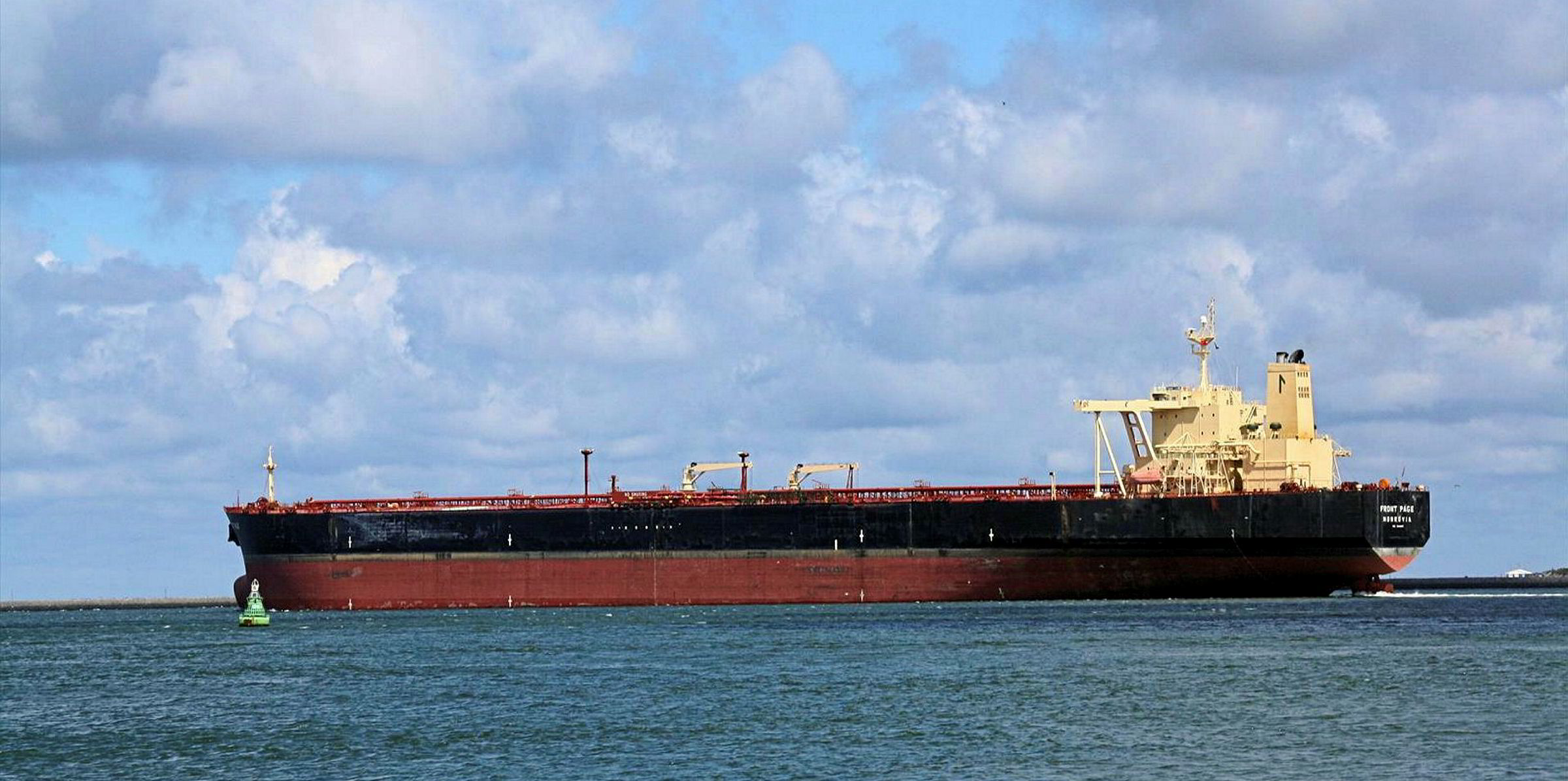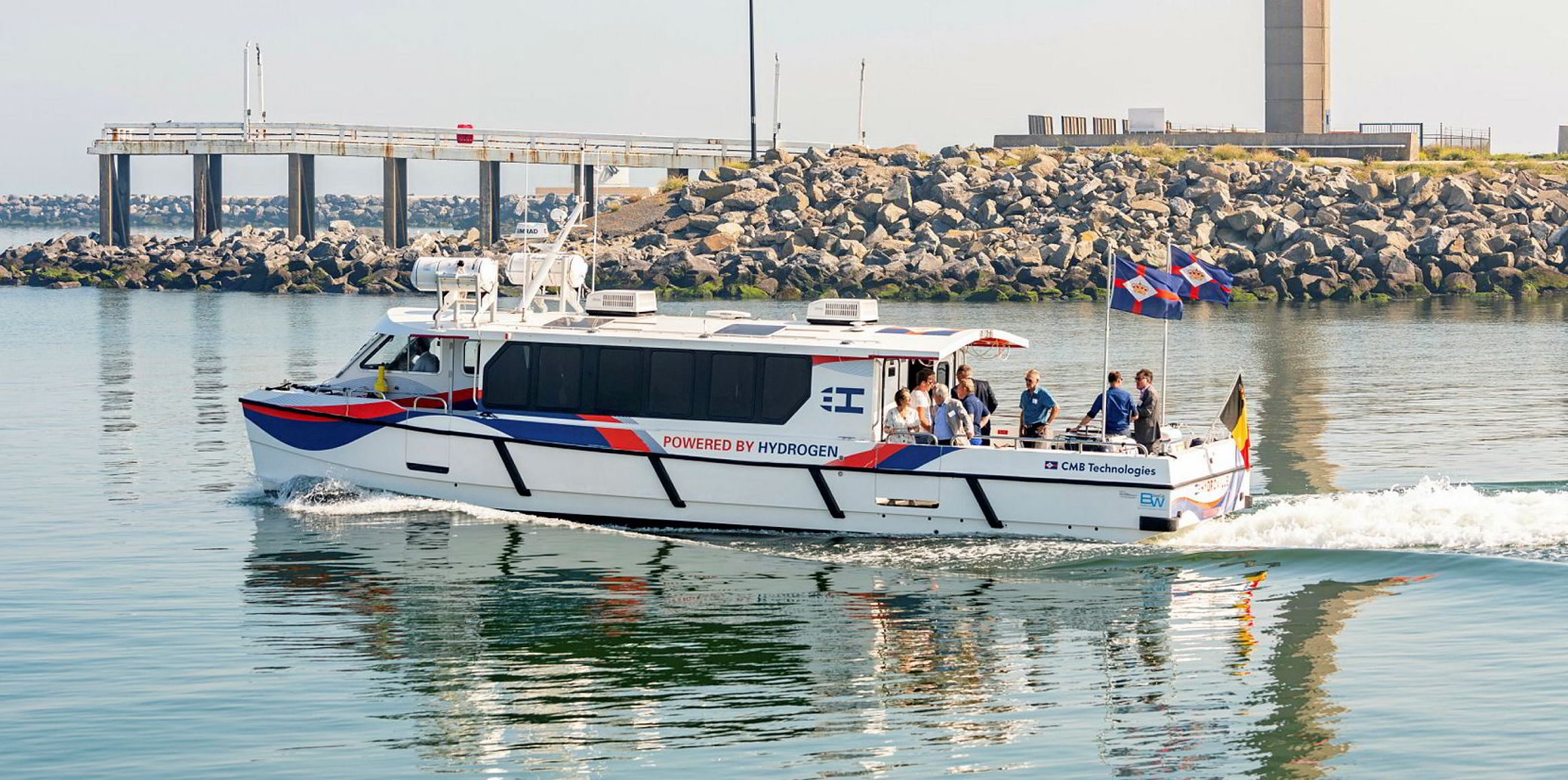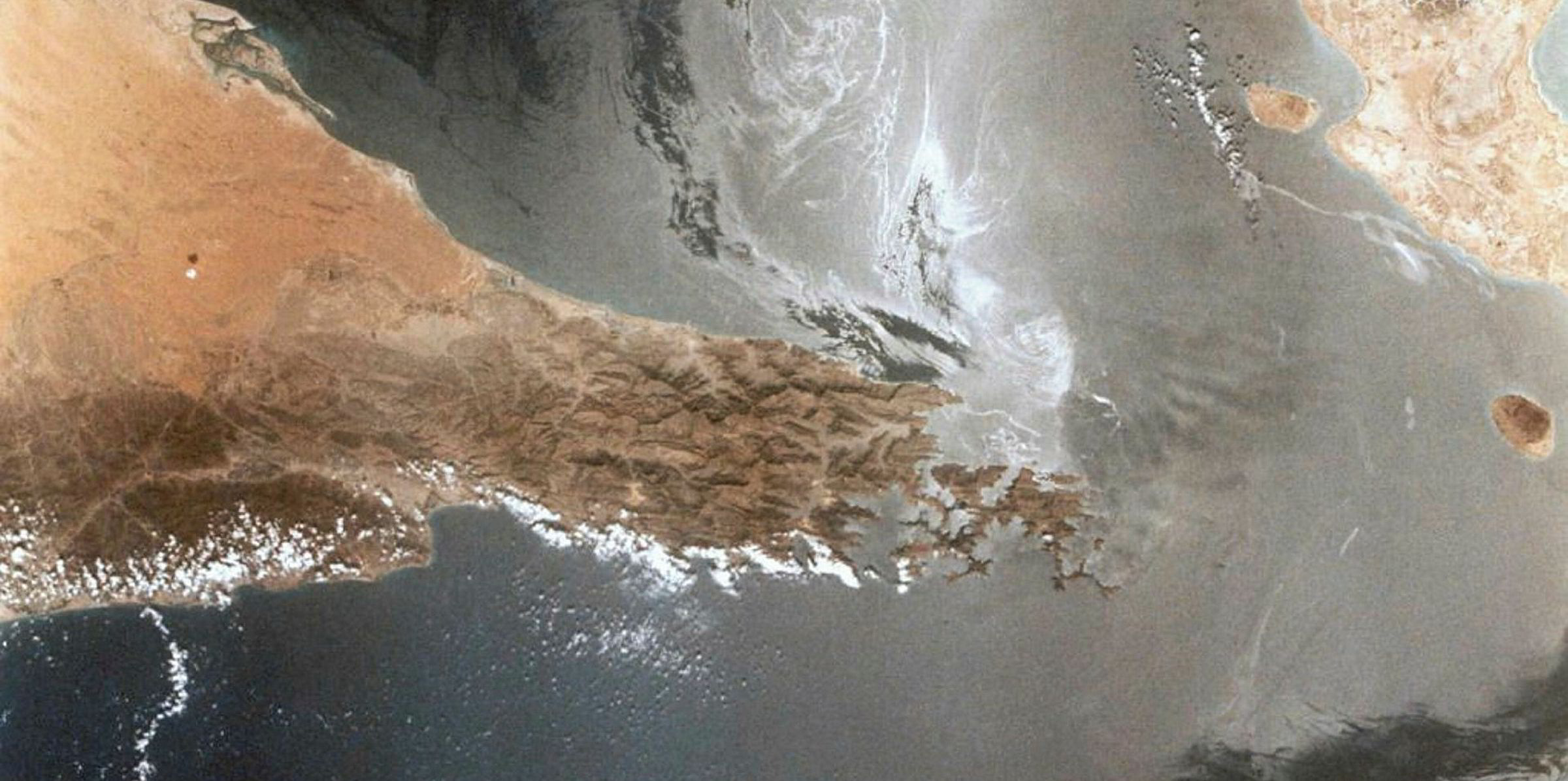Spot VLCC earnings remain above $100,000 per day after the US killed Iranian general Qassem Soleimani but not spiked dramatically due to heightened geopolitical tension.
Time charter equivalent earnings of non-scrubber VLCCs on the Middle East-East Asia route increased to $104,800 per day Friday from $101,300 per day Thursday, according to Poten & Partners.
Earnings of scrubber-fitted VLCC rose to $130,600 per day from $127,900 per day.
Scrubber-fitted, 299,200-dwt ADS Page (2002) was fixed to Formosa Petrochemical Corp at Worldscale 130 on a 2019 basis for loading set from 19 and 20 January, according to Tanker International data.
The voyage will be from the Middle East Gulf to Taiwan.
Some analysts are forecasting nearterm potential upside for tanker earnings because Middle East geopolitical incidents have caused several rate spikes in the past few quarters.
In October, VLCC earnings briefly spiked above $300,000 per day after Iran claimed one of its tankers was set on fire off Saudi Arabia.
“The inevitable outcome of the US killing…is increased tension and the uncertainty over what counter measures Iran will take,” Evercore ISI’s analyst Jonathan Chappell said.
“The usual immediate reaction in tanker trades from geopolitical events in the Middle East is fear regarding security of both oil supply and asset infrastructure. As a result, oil is typically hoarded on tankers to ensure supply chain operations are not disrupted by military actions.”
“As such, a similar market reaction to last night’s events, especially given the already current disruption regarding IMO 2020, could supercharge tanker rates and have a similar impact on equities.”
US-listed tanker stocks have largely outperformed the broad market during Friday’s trading. As of mid-day, Nordic American Tankers have gained 3.41%, DHT Holdings 1.84%, Frontline 1.31%, Euronav 1.17%, and International Seaways 0.4%.
Risk premiums
According to Clarksons Platou Securities, risk premiums for VLCCs in the Middle East stand at $3,000 per day for a voyage to East Asia and could growth further.
“Overall, it remains too early to assess the market impact, though increased concerns on cargo availability should likely keep the market well-supported,” the brokerage said.
The market focus is on whether Iran will seek to disrupt the traffic through the Strait of Hormuz, which, according to the Energy Information Administration, accounts for more than 20% of the world’s seaborne oil flows.
“Over the last year we have seen smaller scale events with retaliatory arrests of larger tankers as well as seizures of smaller vessels accused of smuggling fuel. As yet we have not seen an attempt at wholesale disruption of one of the key choke points in energy commodities flows,” analysts at Kpler said.
However, Chappell warned that any retaliation by Iran involving the waterway “could add to market panic and provide an elevated risk premium for vessels willing to transit the area”.






